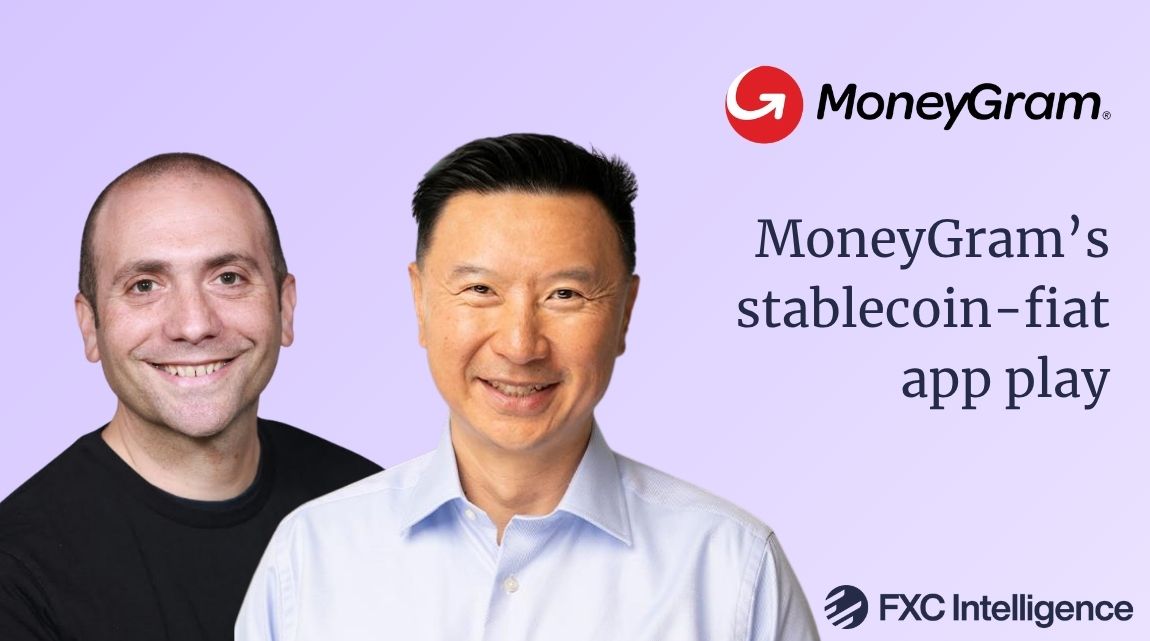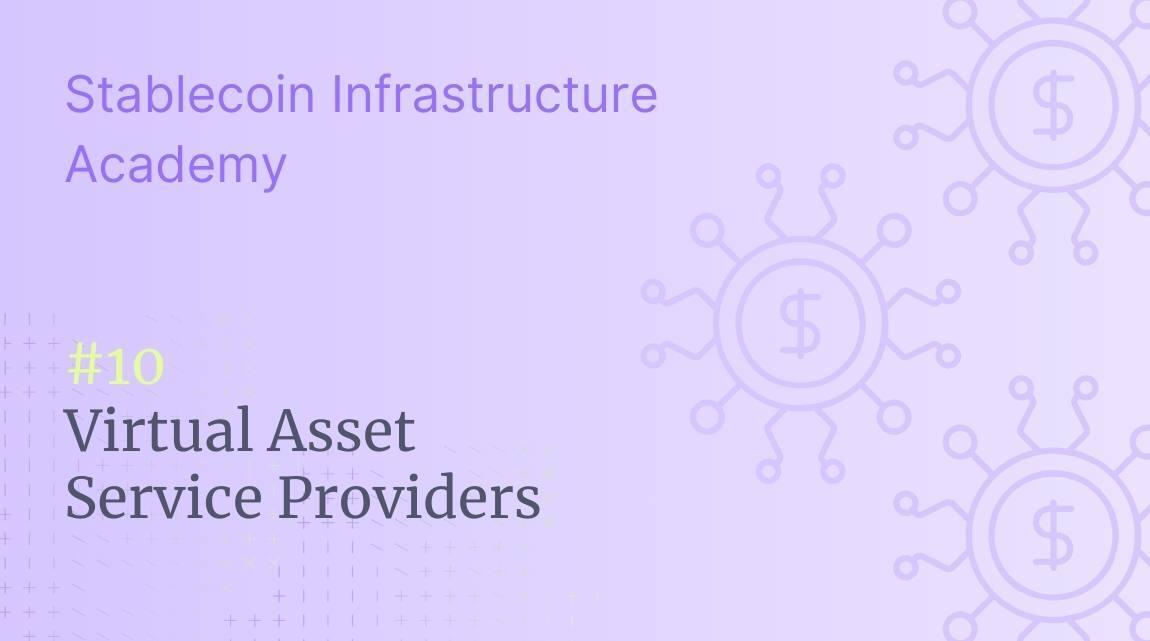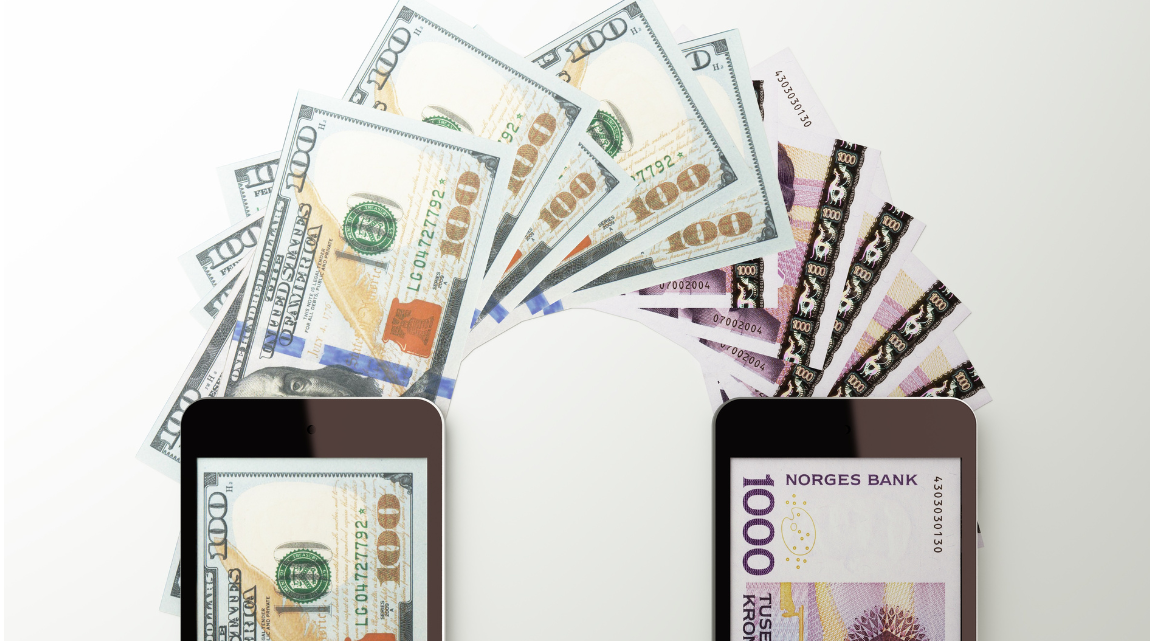MoneyGram has announced the launch of a stablecoin wallet with fiat payment capabilities that is designed to serve the growing demand for stablecoins as a USD proxy, with Colombia being its first market. We speak to CEO Anthony Soohoo to find out more.
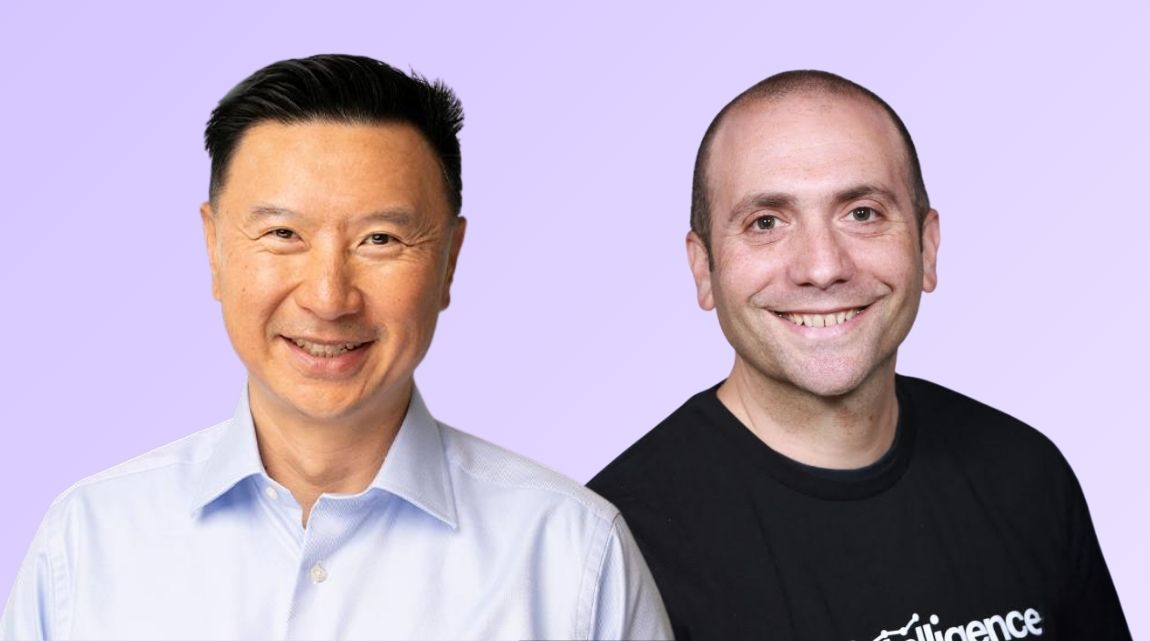
MoneyGram has announced the launch of a new app that will allow customers to hold value in USD-backed stablecoins and cash out and spend in local fiat currency, responding to growing international demand for stablecoins as a proxy for the US dollar. Set for launch initially in Colombia, the app is planned to be rolled out in other markets in the future.
The ability to hold what is essentially a proxy for the US dollar is one of the key use cases that has driven adoption of stablecoins, particularly in emerging markets where currency volatility is a challenge, and MoneyGram has selected Colombia as its first market for the app for this reason. Customers will be able to hold money they have received in stablecoin pegged to the US dollar until they want to spend it, at which point they can convert it to cash at MoneyGram retail locations for immediate use. They do not need a bank account to use the app.
The company also plans to add the ability to top up the wallet using cash at MoneyGram retail locations and spend online or in-person in USD with linked Mastercard or Visa debit cards in the coming months. There are also plans to add deposit incentives via integrated savings options.
While MoneyGram is the first major consumer money transfers player to launch such a solution, there are already other stablecoin-based USD dollar account products catering to the demand for a dollar proxy, including USD receiving account Higlobe, which is currently available in Colombia, Brazil, Mexico, the Philippines and Argentina.
MoneyGram’s app, which is expected to be available in Colombia via Apple’s App Store and Google’s Play Store shortly, is the latest of several stablecoin-based moves the fintech has made as part of its refounding project under CEO Anthony Soohoo. These include the launch of MoneyGram Ramps, a cash on and off-ramping solution for stablecoins and other cryptocurrency, as well as the integration of the technology into its internal treasury operations.
We spoke to Soohoo to find out more about the launch and how it feeds into MoneyGram’s wider ongoing strategy.
Why MoneyGram is launching a consumer-focused stablecoin app
Daniel Webber:
This is a really timely launch given everything going on regarding digital assets. Talk us through the motives behind the launch.
Anthony Soohoo:
The biggest thing that we’re trying to do here is leverage MoneyGram’s platform to help solve real-world problems, as you and I have talked about in the past. We’re trying to democratise access to finance for a lot of individuals, and we see this as a first step in that direction. We’re launching a new app that will allow our customers to hold their currency and their sends in USD-backed stored value, and then allow them to store that value until they’re ready to spend it.
It’s a nice first step for us. In addition, as we’ve been evolving, we’re integrating all this into our normal MoneyGram app. We’ll have one app, one unified experience where it’s going to be much easier, more transparent and hopefully more powerful for the users, while making it easy to use.
Daniel Webber:
When it comes to stablecoins, a lot of people have been focusing on the treasury side, which I’m sure you’re doing too, but this is very much on the end-user side. Talk us through why you’re pushing that side of the market.
Anthony Soohoo:
There are multiple ways to use stablecoin, and we are bullish about stablecoin across the board. When you think about the needs on the treasury side, there’s a huge amount of benefits and disruption that can happen, but when you think about the consumer, especially with this first launch in Colombia, there are a lot of benefits to then leverage stablecoin, especially one that has that USD-backed stored value.
In countries with volatile currency fluctuations, when a customer receives that amount, they probably want to maintain some level of stored value in USD until they’re ready to spend, and that’s what we’re allowing them to do with this wallet product.

Unlocking a new customer type
Daniel Webber:
Many remittance recipients have to spend all the money they receive, so they can’t really hold money or they may only be able to hold a little. How do you think this type of customer might be different to your traditional remittance customer?
Anthony Soohoo:
This is probably going to open us up to a new segment of customers who might want to have a product where they have some savings and they might not need to spend them right away. It could be anyone that says, “I’m still planning for that big purchase – for a bike, buying a new house or maybe even just a new lawn mower or rice cooker”.
These users want to store value until they’re ready or find the deal they want, and make sure they don’t get bitten by inflation. That’s going to be a new type of user.
That being said, the traditional remittance customers will still find some value because even during the month, with things being so volatile, they can hold it in the account even for a few days. Then they’re not going through the currency fluctuations of a high inflationary economy. Every little bit counts and it probably gives them more peace of mind.
Supporting MoneyGram’s wider refounding journey
Daniel Webber:
In your broader strategy of building out the network, where does this fit in?
Anthony Soohoo:
The interface to the MoneyGram consumer will be through our wallet. The idea of having this digital wallet is the first step in our refounding journey. We’re strengthening our network, we’re opening up more access to our developers and we’re going to give our developers access to these consumers on our wallet product.
Over time, if we want to build applications on top, it will open a lot of doors for us to engage our partners and our ecosystem in a different way. The way we see it is that having this network, we want to drive higher and higher usage on it. We want people to feel like our consumers will find more value as we develop more use cases on it. Some of it is going to come from us, some from developers.
Daniel Webber:
When you say developers, that means other groups beyond MoneyGram? They’ll be able to take some of this capability and put it into their products?
Anthony Soohoo:
Correct, yes, thanks for calling that out. We have hundreds of engineers and software developers on our side, but when I say developers, I mean the third-party world of developers that we believe this will speak to.
We believe that having customers that are going to be holding and storing their currency there will develop new use cases over time and our external partners and developers will find use cases that will help them. We’re excited to see what innovations will come as a result.
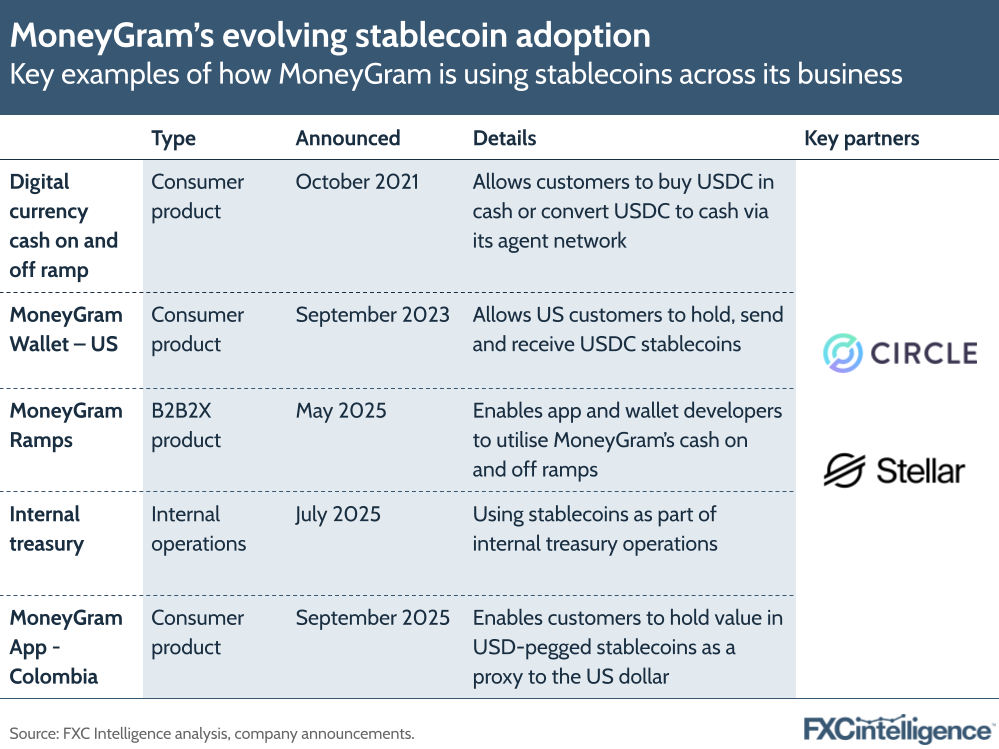
Product roadmap: Rolling out the app in Colombia and beyond
Daniel Webber:
How does the roadmap for this look? Does it roll out geographically; are there other product features? How are you thinking about that part of it?
Anthony Soohoo:
The answer is all of the above. Colombia is obviously our first market, and the reason we chose Colombia is because they have a major inbound remittance corridor where the local currency has been facing a lot of depreciation.
But there’s going to be a lot more countries that we’re going to be expanding into. As we expand, and as we focus on this aggressive roadmap, as we launch more to these markets, the more we learn from our customers will dictate how we evolve this product over time. And I’m excited to see where that goes.
Daniel Webber:
Anything else you want to add that we haven’t covered?
Anthony Soohoo:
One last point: a lot of companies might be big in the US, but once you go out, a lot of people haven’t heard of them. This launch is important because it leverages the decades of global trust that the MoneyGram brand has. This allows us to establish leadership in stablecoin integration as the world’s largest cash on and off-ramp.
Daniel Webber:
Excellent. Anthony, thank you.
Anthony Soohoo:
Thank you.
